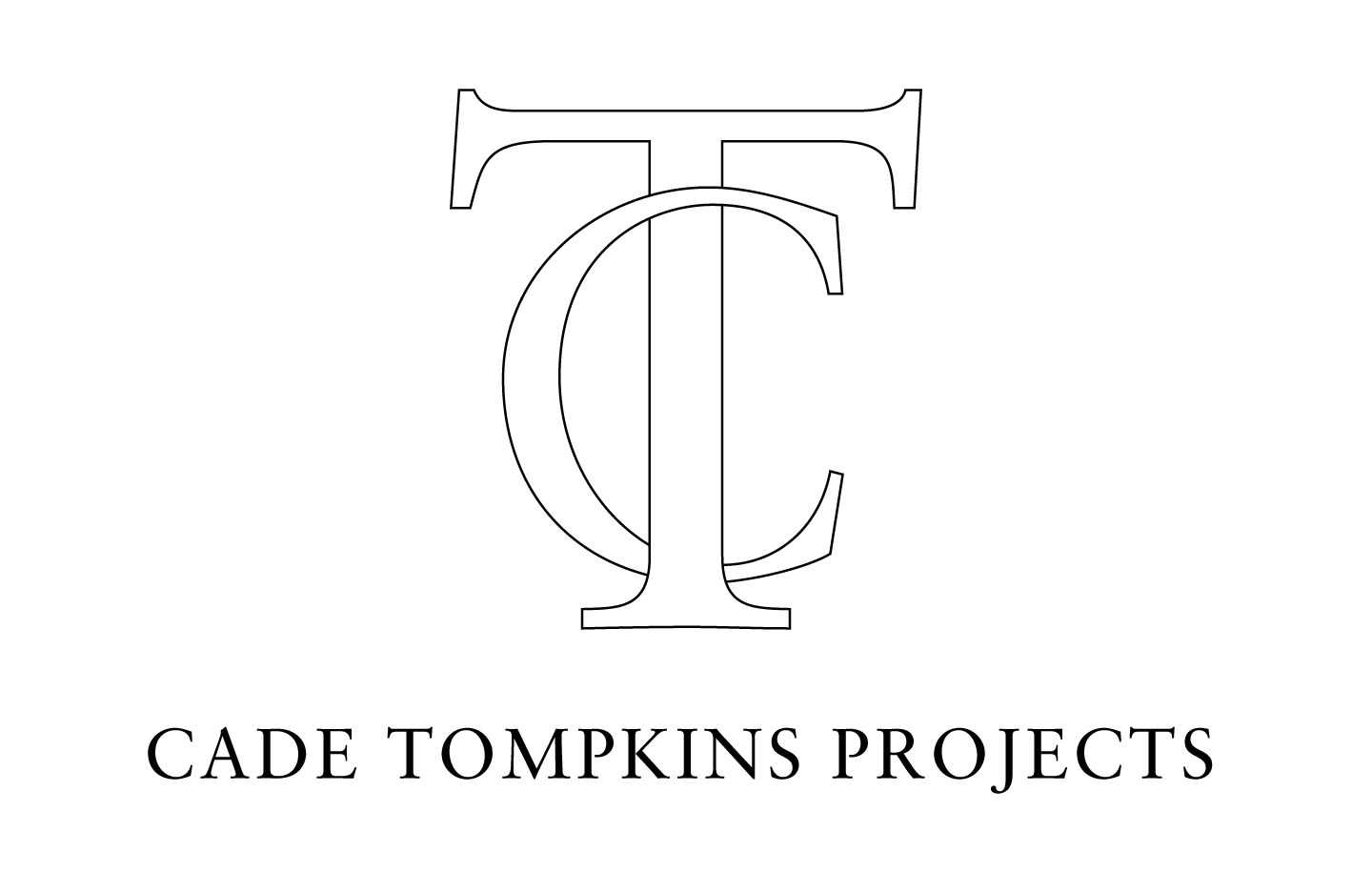PROVIDENCE — Tucked in toward the eastern extent of the Brown University campus, artist Daniel Heyman opens a concise series of work at Cade Tompkins Projects built around Summer Squall, a 28-foot scroll — part Torah, part Japanese woodblock print – further refining a decades-long interest in themes of witnessing.
Heyman, a professor of printmaking at Rhode Island School of Design, whose work is included in the collections of the Metropolitan Museum of Art and the Getty Museum, is perhaps best known for the drypoint etchings he completed over six days listening to the accounts of a dozen men and 1 woman who had been tortured at Abu Ghraib.
Here the work is more obviously self-reflective, as Heyman explained over an hour-long interview in the gallery space before the opening.
A large oil on canvas, Marlow is half man-half beast, the classical figure of a centaur – raw, red eyes-wide-open blinders – clutched by a Philip Guston-like creator’s hand…..
Far from heroic, moralizing or overtly ideological, Heyman borrows his persona from Conrad’s Heart of Darkness, a choice that obviously implicates the witness in his subject-matter horror.
And instead of a clear moral vision, as Heyman explains it, his work in the show is rather a meditation on themes of order and chaos, what is natural and what is man-made, the unreliable narrator that Heyman traces back to the sad-comic short stories of Gogol.
In place of a nose, chaos in its divine form is all thumbs — a clumsy, ironic, fumbling version of perfection, and connection to humanity in Summons, an oil on canvas hanging in the current RISD Faculty Exhibition and Forum until Nov. 21.
In its natural form – the grain of handmade paper, the odd knothole of a woodblock print – chaos lends a happy serendipity to Summer Squall.
The paper I commissioned from a paper maker in Echizen, Japan, and it looks like brush painting so that’s an East Asian influence, but it’s printed with oil-based inks. That’s a super Western thing … It’s got this moon, and then the moon comes back down there. So that was just kind of like super lucky that was just in the paper, but I buy into the Japanese philosophy that the materials you make art with bring part of the story to the artwork.
So, the fact that that moon was there, that that hole in the wood was there … And then a witness or a person who’s in the middle of it, but I think we all feel like, in the middle of it, powerlessly in the middle of it.
In Winter, a large stark landscape of Heyman’s Rhode Island backyard and what could be mountains, water or ice flows, he looks to East Asian aesthetic simplicity, stripping the canvas down to its brittle brightness — reduced, refined, emptied out.
Here Heyman treats nature as he would witness the man-made. In Heyman’s words, his work tries “to look at the world and figure out what the world really is about … but the world is complex and complicated, and chaotic, it isn’t about any one thing anyway. It’s about joy and sorrow.”
DANIEL HEYMAN
SUMMONS
OCTOBER 30 – DECEMBER 31, 2021


